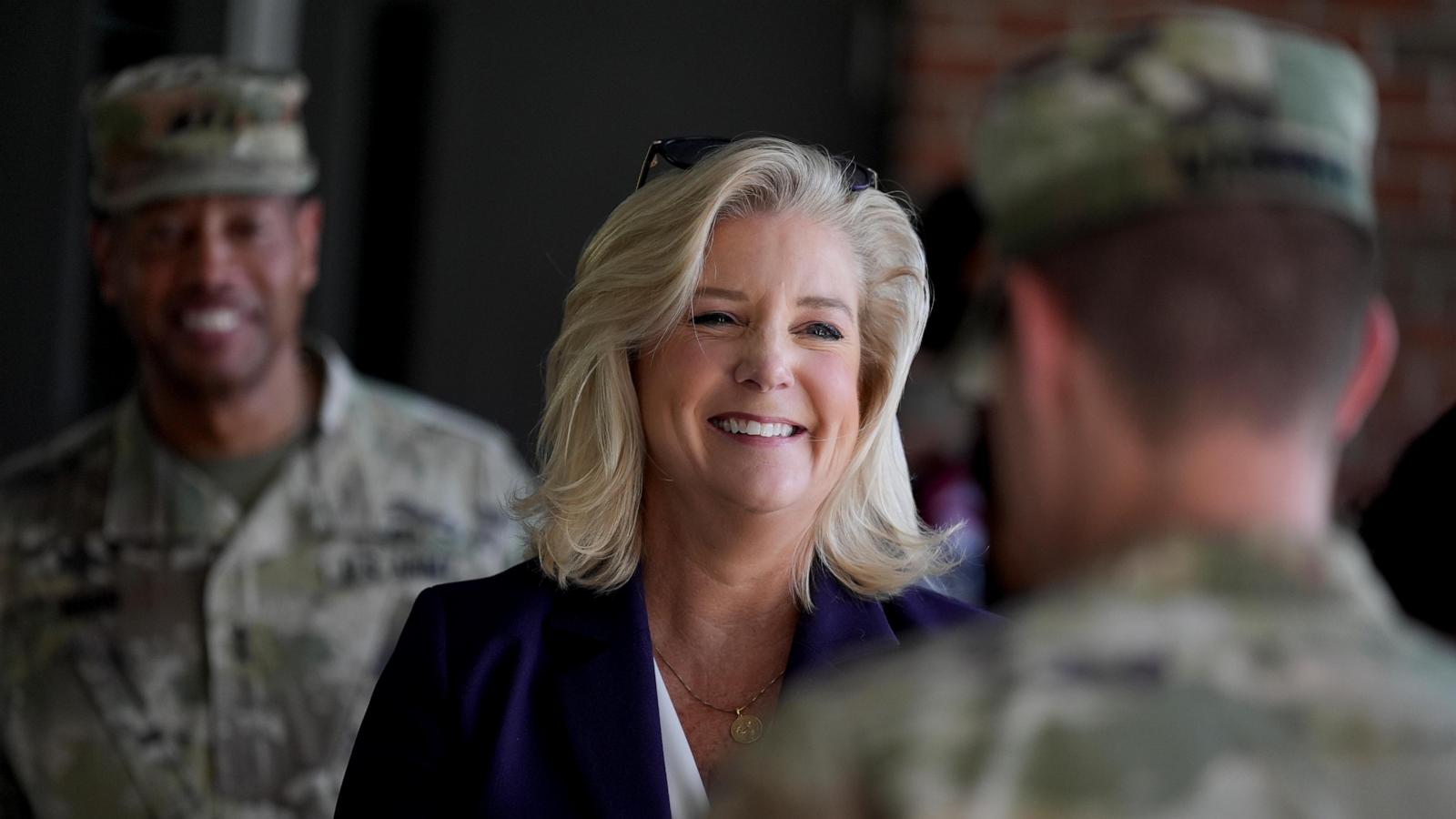Army Recruitment Surges: Is it the Prep Course or Something Else?
The US Army is celebrating a remarkable turnaround in its recruitment efforts. After years of struggling to meet enlistment goals, the Army not only met its 2025 targets but exceeded expectations, marking the highest first-quarter contract rate in a decade. This dramatic shift begs the question: what's behind this stunning success? Is it the innovative Future Soldier Prep Course, a change in recruitment strategies, or something entirely different?
The Impact of the Future Soldier Prep Course
The Army's introduction of the Future Soldier Prep Course (FSPC) at Fort Jackson, South Carolina, in August 2022, has proven to be a game-changer. This program provides aspiring soldiers who may initially fall short of military standards with crucial support. Through focused academic and fitness training, lasting up to 90 days, FSPC helps potential recruits hone their skills and reach the required physical and academic standards for basic training. This initiative has shown impressive results, contributing nearly 24% of recruits in the fiscal year 2024 and projected to contribute 30% in 2025. This program directly addresses the challenges many young people face when trying to meet the Army’s high physical and academic standards. Many potential recruits have benefitted from this supplemental support. In fact, it’s now clear that this has significantly improved recruitment numbers.
Addressing The Challenges of Meeting Army Standards
The success of FSPC demonstrates that the path to meeting recruitment targets may lie in investing resources to help potential recruits to overcome barriers rather than lowering standards. The Army has shown commitment to this belief through the course’s significant improvement to its recruiting success. By investing in a preparatory program rather than lowering standards the Army maintains high standards, improves potential recruits’ skills and boosts its own capabilities.
Debunking the "Woke Army" Myth
Despite the Army's recent successes, criticism continues. Some have linked the Army’s past recruitment difficulties to claims of excessive focus on diversity and equity, even going so far as to use the term “woke” to describe the institution. Army Secretary Christine Wormuth has firmly rejected these assertions. Data, she states, does not support the idea that concerns about the Army's diversity and inclusion initiatives were major reasons behind the recruitment slump. A survey revealed only 5% of respondents cited “wokeness” as a concern, strongly suggesting that other factors play a larger role in the overall numbers.
Data Drives Army Strategy: A Balanced Approach
The Army's decision-making is primarily driven by data. The Army’s focus is on combat effectiveness. Focusing on things like marksmanship over politically focused training indicates its commitment to this end. While acknowledging the impact of public discourse on the institution's image, the Army’s leaders maintain that their focus on lethality remains their highest priority. Further improvements have also been seen through an increased number of minority recruits. Notably, 2024 marked the highest ever number of Hispanic recruits and a significant 6% rise in Black recruits.
Overcoming Recruiting Challenges: More Than Just One Factor
The Army’s successful recruitment strategy reflects a multi-pronged approach. In addition to the FSPC, the Army addressed a range of factors that historically hindered recruitment, including optimizing its recruitment system, improving the quality of recruiter selection, and employing data-driven analytics. For example, the overhaul of the system for choosing recruiters resulted in personnel better suited for outreach and engagement.
Addressing Recruiting Pain Points: The Critical Role of Data
Data analytics have proven instrumental in improving recruitment marketing and outreach, increasing the efficiency of recruitment efforts. For example, this led to an improved efficiency rate for waiver approvals. Another area with major improvement was in decreasing the processing time of medical waivers for recruits. These focused efforts show a data-driven commitment to making the recruiting process efficient and transparent. The streamlining of processes and targeted recruitment efforts show another approach towards achieving the numbers and goals the Army hopes for.
Key Takeaways
The Army's successful recruitment rebound is a testament to its adaptable strategy. By focusing on addressing the root causes of previous shortfalls – from academic and physical preparation to streamlining administrative processes and improving marketing efforts – the Army has proven its commitment to attract and retain top talent. The innovative Future Soldier Prep Course stands out as a remarkable success, while addressing other concerns simultaneously without compromising combat readiness. The narrative surrounding "wokeness" appears to have played a minor role, overshadowed by more tangible factors like readiness, benefits, and the opportunity for personal and professional growth.




